|
Knuckles holds a wide
variety of Fauna.
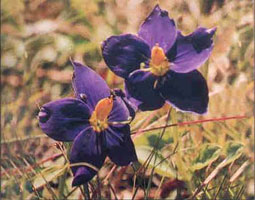 Most
importantly it is a home to many endangered and endemic
species. 247 vertebrate species have been recorded in this
area which 26% are endemic to Sri Lanka, including 14
birds and 9 fish species. More than a 100 of other
resident and migrant bird species can been observed at
deferent times of the year. Most
importantly it is a home to many endangered and endemic
species. 247 vertebrate species have been recorded in this
area which 26% are endemic to Sri Lanka, including 14
birds and 9 fish species. More than a 100 of other
resident and migrant bird species can been observed at
deferent times of the year.
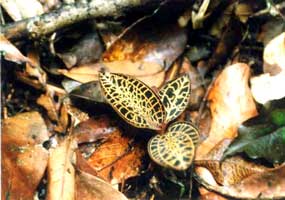
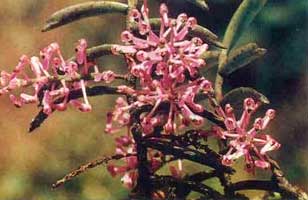
Five of these endemic species, three fresh water fish (phillipis
gara-garra phillipsi, martenstyne’s puntius
srilankensis) one amphibian (marbled cliff frog-nannophrys
mamorata) and one lizard (ceretophora
tennenti) are restricted to knuckles forest range.
Further, Knuckles Mountain Range is home to most of the
mammals found in Sri Lanka. In addition to
elephants,
leopards and
sambhurs there are also
wild
boar,
spotted
deer,
barking
deer,
mouse
deer, and
giant
squirrel etc.
etc.
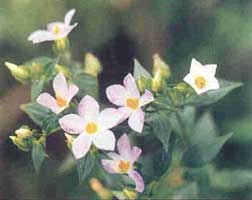
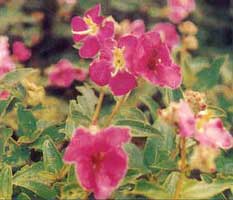 |

